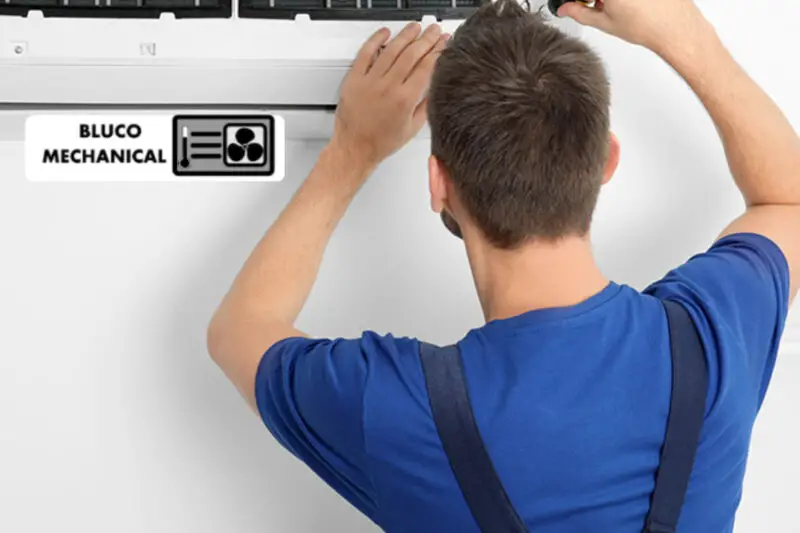Many home and business owners don’t know about HVAC server room cooling and the different units for different places. EER is calculated by dividing BTUs by energy consumed (measured in watts). A lot of homeowners also wanna know How Do PTAC Units Work and “how do I know it’s right for me?”

“Packaged Thermal Air Conditioner” is what PTAC stands for. It’s a sort of HVAC system with wall vents that open outside. PTACs allows total control over a room’s atmosphere in a single, compact “package,” unlike window or central air conditioners, which employ duct systems.
Who Can Use PTAC Units?
Unknowingly, you have probably utilized a PTAC unit. Likely, the thermostat you’ve ever changed in a hotel, hospital, college dorm, or old building was attached to a PTAC. They are a more hygienic, economical, and energy-efficient alternative to central air, and in big cities like New York, they are the HVAC system of choice since they provide a higher level of climate control and are appropriate for apartment buildings.
How Does a PTAC Work?
Both warm and cool air may be distributed by a PTAC device. The compressor circulates refrigerant to cool the coils and produce cool air. When the coils are cold, they draw heat and moisture from the air and exhaust them outside your home. Pumping refrigerant to heat the chill pulls in cold air and pushes warm air in its place to create heat. The PTAC unit has to connect to the building’s water system, which often produces warm air.
A few essential components are needed for each PTAC installation or replacement:
- Power
- Electrical Outlet for Exterior Use of the Building
- A water system linked to the building
- Cabinetry with a heating coil or louvers
What Is the Ideal PTAC Duration?
Like a car, air conditioning systems need seasonal maintenance to avoid unexpected failures. PTAC units may last ten years with appropriate care, but energy efficiency and smart technology may persuade customers to replace them every 5-7 years.
It is impossible to overstate the advantages of a properly operating PTAC system. It offers customers a very effective, manageable, and simple way to regulate the temperature in their own houses. Additionally, maintaining your PTAC requires routine maintenance performed by a seasonal specialist. Because they connect to building water systems, these systems may silt up and obstruct. If this takes place, the system may flood, damaging your home, your building, or other units.
How to Pick the Right PTAC Unit for You
The Energy Efficiency Ratio (EER), cooling amps, and British thermal units (BTUs) should be taken into account when choosing a PTAC unit.
The British Thermal Unit, usually known as the “BTU,” is a unit of measurement that we use every day in addition to inches, yards, miles, ounces, and liters. BTUs quantify the heat needed to raise 1 lb of water to 1°F. BTUs measure how much heat a PTAC can remove every hour. This means you must consider the space’s size before selecting a choice. If the space is large, you may require two PTACs to distribute the temperature.
Square footage, ceiling height, and insulation quality determine a room’s BTUs. This calculator shows how many BTUs are needed to chill a room.
EER’s

Calculating EER involves dividing BTUs by energy used (measured in watts). The system is more effective (and economical) the larger the number. In the short term, a PTAC unit with a greater energy efficiency ratio will probably cost more. More cost-effective systems will eventually offset the price gap by cutting electricity costs. Additionally, they are greener than products with a low EER.
Consumers should consider the practical aspects of the heating and cooling system they want in addition to the technical specifications. A quieter system can be suitable for a child’s bedroom. Each PTAC model has its advantages, therefore in addition to the technical information, it’s crucial to consider your demands.
If you own a business with a PTAC unit in it and are interested in getting one for yourself contact our HVAC company at (929)447-2077. You can also visit our PTAC air conditioning installation Manhattan agency for questions and concerns regarding PTAC like “What Size PTAC Unit Do I Need?” and more!



No Comments
Be the first to start a conversation